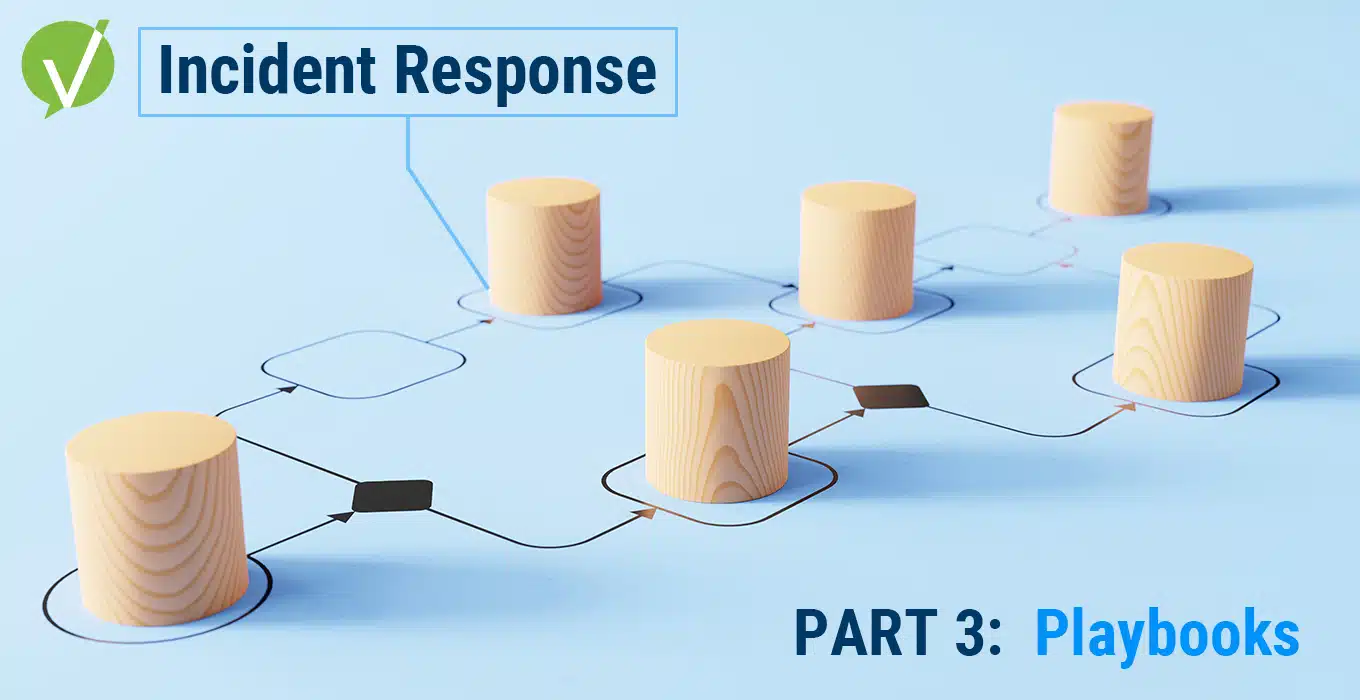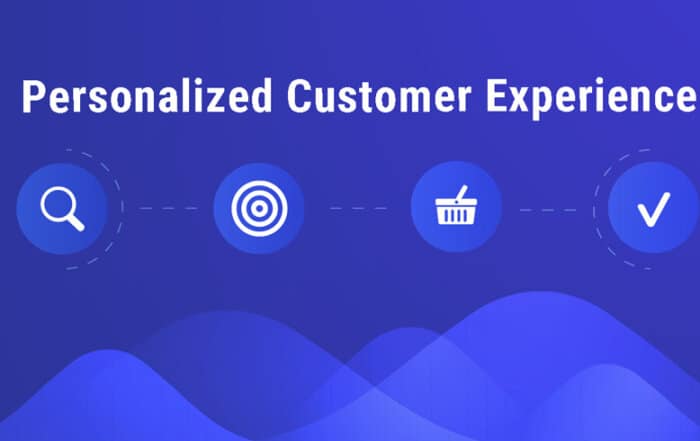Incident Response Automation: Part 3 Playbooks
The Intricacies of Automated Incident Response Playbooks
As the digital age unfolds, the challenges posed by cyber threats have exponentially amplified, revealing the undeniable importance of a robust cyber defense mechanism. Building on the foundation laid in the first two parts of this series, this segment focuses on the centerpiece of Automated Incident Response (IR) – the playbooks. These playbooks not only dictate the automated reactions to specific threats but also ensure that the response is both precise and efficient. Through this exploration, we’ll uncover the nuances behind designing, deploying, and continuously refining these playbooks, ensuring they remain relevant amidst a constantly evolving threat landscape. Join us as we delve deeper, guiding you through the intricacies of these digital defense manuscripts and emphasizing the pivotal role of automation in shaping a safer digital future.
Automated Incident Response Playbooks
In the world of Automated Incident Response (IR), playbooks are the linchpin that drive precision and efficiency. These prescriptive response plans dictate how systems should automatically react to specific threat indicators. Let’s delve deeper into the realm of playbooks, their importance, design considerations, and the need for continuous refinement.
Introduction to playbooks and their role in automation
A playbook, in the context of cybersecurity, is a set of clearly defined procedures and rules that describe the steps to take when a specific security incident occurs. These can range from simple notifications to IT personnel about potential threats to complex, multi-step processes that involve quarantining infected systems, patching vulnerabilities, or even initiating legal actions.
In automation, these playbooks are the “brains” behind the operation. They ensure that responses are not just swift, but also appropriate and consistent, removing the margin for human error, and ensuring every threat is addressed with the best possible countermeasure.
How to design and deploy playbooks tailored to specific threats
- Threat Assessment: Before crafting a playbook, thoroughly assess and understand the threats facing your organization. Are you regularly hit by phishing attacks? Is ransomware a concern? Your playbooks should reflect your threat landscape.
- Clarity in Steps: A playbook should be precise. Avoid ambiguity. Clearly define triggers (what initiates the playbook) and the sequential steps that should be followed post-trigger.
- Decision Points: While automation is the goal, there might be instances where human judgment is required. Design your playbooks with decision points where manual intervention might be necessary.
- Integration with Tools: Ensure that the actions in the playbook can be executed by your automation tools. This might involve integrating with other IT systems, sending emails, or initiating scripts.
- Testing: Before a playbook is deployed in a live environment, it should be rigorously tested in a controlled setting to ensure its efficacy and to refine any steps if necessary.
- Documentation: Maintain a comprehensive documentation for each playbook. This assists in training, audits, and any necessary manual interventions.
Importance of regularly updating and refining playbooks based on evolving threats
Cyber threats are not static; they evolve. As attackers develop new techniques, our defenses must adapt. This dynamic landscape means that playbooks cannot be a “set it and forget it” tool.
- Regular Reviews: Schedule periodic reviews of playbooks. These reviews can identify any inefficiencies or procedures that are no longer applicable.
- Feedback Loop: Encourage your security team to provide feedback on playbooks. Their on-ground experience can offer invaluable insights into potential refinements.
- Stay Updated: Incorporate threat intelligence into your review process. As new threat vectors emerge, your playbooks should evolve to address them.
- Performance Metrics: Monitor how effectively your playbooks are addressing incidents. Metrics like response time, success rate, and manual intervention instances can help identify areas for improvement.
Playbooks are at the heart of effective Automated IR, serving as the guiding light that ensures swift, consistent, and precise responses. Crafting, deploying, and refining them demands diligence but reaps dividends in bolstering cyber defense.
Evolve Automated Incident Response: The Ultimate Solution
As we stand at the forefront of a new digital era, the reliance on automation in cybersecurity isn’t just an enhancement; it’s a necessity. With cyber threats growing more complex and sophisticated, the solutions we craft must not only match this evolution but stay a step ahead. In this section, we’ll explore the dynamic future of incident response automation and why Vivantio stands out as a beacon in this ever-shifting landscape.
Future of incident response automation
- Machine Learning & AI Integration: The next frontier in Automated IR is the partnership of machine learning and artificial intelligence. These technologies will empower automated systems to predict threats before they manifest, based on patterns and anomalies, leading to proactive rather than reactive security measures.
- Continuous Learning Systems: Future automated incident response tools will be designed to learn from each incident, refining their responses and improving accuracy with every encounter.
- Unified Threat Management: As organizations expand their digital footprint, the need for a centralized, unified platform that offers a holistic view of the entire threat landscape will rise. This will allow for quicker and more comprehensive responses to incidents.
- Increased Collaboration with Threat Intelligence: As threats evolve, there will be a deeper integration of live threat intelligence feeds into automation tools, ensuring that playbooks and response mechanisms are always up-to-date with the latest threat indicators.
Vivantio’s forward-thinking approach to evolving cyber threats
Vivantio isn’t just another player in the incident response space; it’s a trendsetter. Recognizing the shifting paradigms of cybersecurity, Vivantio has been at the forefront of:
- Adopting Advanced Technologies: Integrating cutting-edge technologies to ensure that its tools aren’t just reactive, but predictive.
- Customer-Centric Evolution: Instead of a one-size-fits-all solution, Vivantio’s configurable platform is flexible to fit the needs of any B2B service team.
- Seamless Integration: Vivantio’s platform is renowned for its ease of integration, allowing organizations to effortlessly incorporate it into their existing IT ecosystems.
In a landscape as intricate and dynamic as cybersecurity, choosing the right partner is paramount. Vivantio stands as a testament to what an ideal incident response solution should be.
Their innovative solutions are not just about the present, but they’re sculpted with a vision for the future. And it’s not just us who believe in their prowess. A myriad of positive customer feedback underscores their commitment to excellence, reliability, and proactive defense.
For those who are serious about fortifying their cyber defenses and wish to partner with a forward-thinking, customer-centric provider, the choice is clear: Vivantio.
Conclusion of part 3
As we navigate the intricate maze of the digital age, the importance of fortifying our cyber defenses becomes increasingly evident. The tumultuous wave of cyber threats shows no sign of abating, and as we’ve explored, automation stands as the vanguard against this onslaught.
Automated Incident Response (IR) is no longer a luxury or an ‘added advantage’ – it’s a pivotal necessity. In a realm where threats are continuously evolving, becoming more sophisticated and aggressive, automation ensures that organizations can respond with speed, consistency, and precision, By streamlining processes and minimizing human error, Automated IR stands as the beacon lighting the path towards a more secure digital environment.
Investing in automation is not just about strengthening cyber defense but also about embracing efficiency and cost-effectiveness. As threats multiply, the manual intervention model becomes unsustainable, leading to longer response times, inconsistent strategies, and escalating costs. Embracing automation is akin to investing in a future where security, efficiency, and fiscal prudence coexist harmoniously.
For those who have journeyed with us through this exploration of Automated IR, the path forward is clear. Aligning with a leading provider like Vivantio isn’t just a decision; it’s a commitment – a commitment to impeccable cybersecurity, to staying ahead of evolving threats, and to ensuring that your organization is equipped with the very best. If excellence in automated incident response is what you seek, look no further than Vivantio.
In the words of Sun Tzu, “In strategy, it is important to see distant things as if they were close and to take a distanced view of close things.” In the realm of cybersecurity, this means preparing and fortifying our defenses today for the challenges of tomorrow.













